Promoting SMEs within the Dual-Circulation Strategy: A Policy Perspective
DOI: 10.23977/acccm.2025.070502 | Downloads: 6 | Views: 165
Author(s)
Xueting Cao 1, Lei Tian 1
Affiliation(s)
1 Data Research Center, China Academy of Information and Communications Technology, Beijing, China
Corresponding Author
Lei TianABSTRACT
Within China's Dual-Circulation Strategy, small and medium-sized enterprises (SMEs) are recognized as vital to innovation, employment, and economic resilience. However, the prevailing policy model, which relies on large enterprises to lead SME development through technology and supply chain spillovers, faces mounting challenges. Economic pressures have led large firms to prioritize cost-cutting over collaboration, resulting in payment delays and constrained support for SMEs. This study draws on an analysis of over 600 SME support policies reviewed by the OECD, alongside recent Chinese policy initiatives and empirical data from national industrial and judicial reports. A mixed-methods approach combines qualitative policy analysis with quantitative evaluation of implementation outcomes. The research identifies a significant policy–practice gap. While top-down approaches emphasize large-firm leadership, empirical evidence shows SMEs continue to encounter financing bottlenecks and unequal bargaining power. Conversely, network-based models-such as innovation clusters, cross-border production networks, and digital platforms-prove more effective in enhancing SME resilience and global competitiveness. China's recent gradient cultivation system, which has supported over 14,000 specialized "little giant" firms, offers a promising alternative framework. The study contributes to industrial policy and SME literature by proposing a shift from lead-firm-dependent models to sustainable, network-oriented development paradigms. It offers practical insights for policymakers in enhancing digital transformation, fostering university–industry partnerships, and building internationally competitive SME clusters, thereby facilitating more effective integration into global value chains under the Dual-Circulation Strategy.
KEYWORDS
SME Networks, Internationalization Policy, Industrial Clusters, Dual-Circulation StrategyCITE THIS PAPER
Xueting Cao, Lei Tian, Promoting SMEs within the Dual-Circulation Strategy: A Policy Perspective. Accounting and Corporate Management (2025) Vol. 7: 8-13. DOI: http://dx.doi.org/10.23977/acccm.2025.070502.
REFERENCES
[1] Ministry of Industry and Information Technology. (2021). Notice on Carrying out the Cultivation of "Specialized, Refined, and New" Small and Medium-sized Enterprises.
[2] Notice of the eleventh department on carrying out "joint actions" to promote the integration and innovation of large and medium-sized enterprises (2022-2025). https://www.gov.cn/zhengce/zhengceku/2022-05/16/content_5690694.htm
[3] Ministry of Industry and Information Technology. (2025). Press Conference on the Development of SMEs in 2024.
[4] Huang, Z., Gong, J., & Wang, X. (2025). Exploration and Practice of SME Characteristic Industrial Clusters to Promote the Development of New Quality Productivity. Business Economics, (03), 48–51.
[5] Supreme People’s Court of China. (2024). Work Report of the Supreme People’s Court. Retrieved from http: //www. npc.gov.cn
[6] Association of University Technology Managers. (2020). Research Funding Growth: 2020 Survey Report.
[7] OECD. (2023) OECD SME and Entrepreneurship Outlook 2023. Paris: OECD Publishing.
[8] Koch, M., & Norko, A. (2025). Intermediate Trade and Knowledge Flow. CESifo Working Paper No. 11815.
[9] European Commission. (2022). Tools for the internationalization of SMEs. Brussels: EC Publishing.
[10] Zhu, J., Li, B., Ji, Z., et al. (2024). The Formation Mechanism of Network Communities in Innovation Networks and Their Impact on Enterprise Knowledge Innovation. Science and Technology Management Research, 44(07), 10–17.
[11] Guan, P., Wang, Y., Fu, Z., et al. (2021). Research on the Impact of Small World Characteristics of Patent Cooperation Networks on Technological Innovation Performance. Library and Information Work, 65(18), 105–116.
[12] Qiu, Y., & Guo, Z. (2019). Research on the Mechanism and Policy of Digital Economy Promoting the Rise of the Value Chain of SMEs. International Trade, (11), 12–20.
[13] Xu, N. (2023). How Information Technology Drives Open Innovation of SMEs in the Digital Economy. Journal of Shandong Youth University of Political Science, 39(03), 81–89.
[14] Stam, E. (2015). Entrepreneurial ecosystems and regional policy: A sympathetic critique. European Planning Studies, 23(9), 1759–1769.
| Downloads: | 39719 |
|---|---|
| Visits: | 690078 |
Sponsors, Associates, and Links
-
Information Systems and Economics
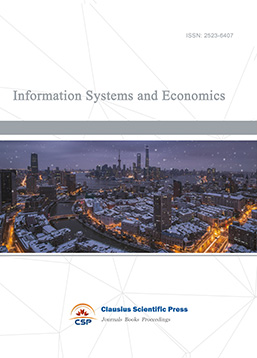
-
Accounting, Auditing and Finance
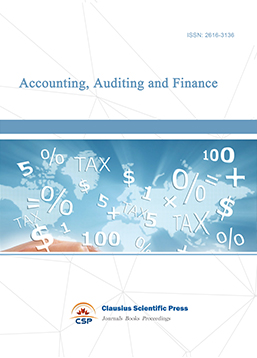
-
Industrial Engineering and Innovation Management
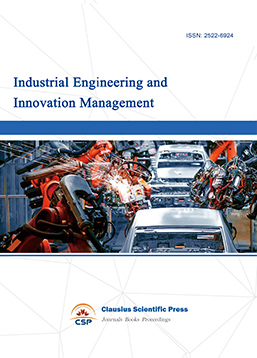
-
Tourism Management and Technology Economy
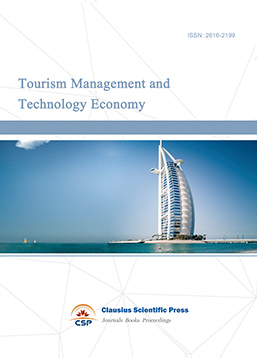
-
Journal of Computational and Financial Econometrics

-
Financial Engineering and Risk Management

-
Social Security and Administration Management

-
Population, Resources & Environmental Economics

-
Statistics & Quantitative Economics

-
Agricultural & Forestry Economics and Management

-
Social Medicine and Health Management

-
Land Resource Management

-
Information, Library and Archival Science
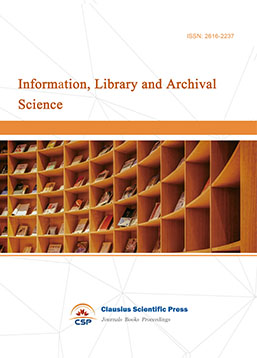
-
Journal of Human Resource Development
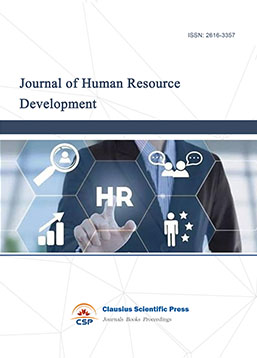
-
Manufacturing and Service Operations Management

-
Operational Research and Cybernetics
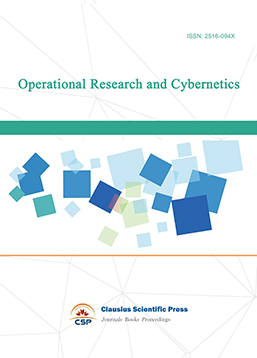

 Download as PDF
Download as PDF